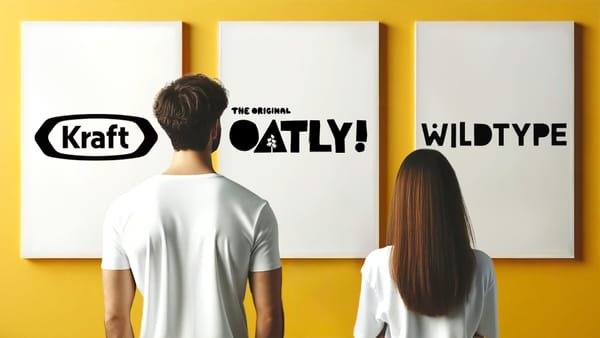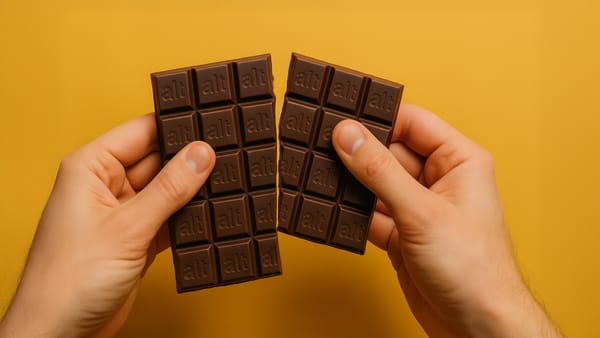UNSTUCK 025: Disruption In Food Is Alive And Well
Ignore the doom and gloom, transformation is happening right under our noses
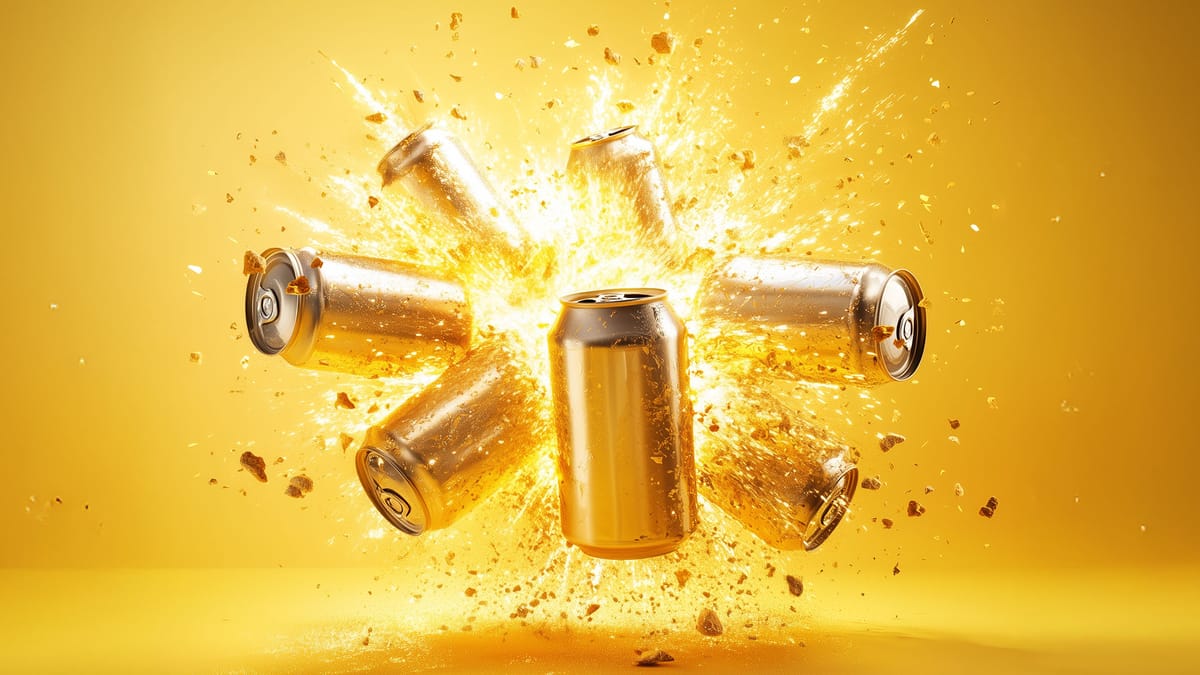
Ever since UNSTUCK 001 our mantra has been simple: understand the category, find a focused consumer opportunity to break through, and then build a distinctive brand proposition around it. If you’re a B2B company, the first two parts still apply. You just need to add the word “help” before “build” to bring value to your customers.
The sustainable food industry remains alarmingly bad at all three of these and so we all bemoan the state of the industry and the lack of funding. If you subscribe to this narrative, the major players will continue to dominate, doing things the way they always have, and no-one else stands a chance. Yet this couldn’t be further from the truth.
From Mother to Poppi
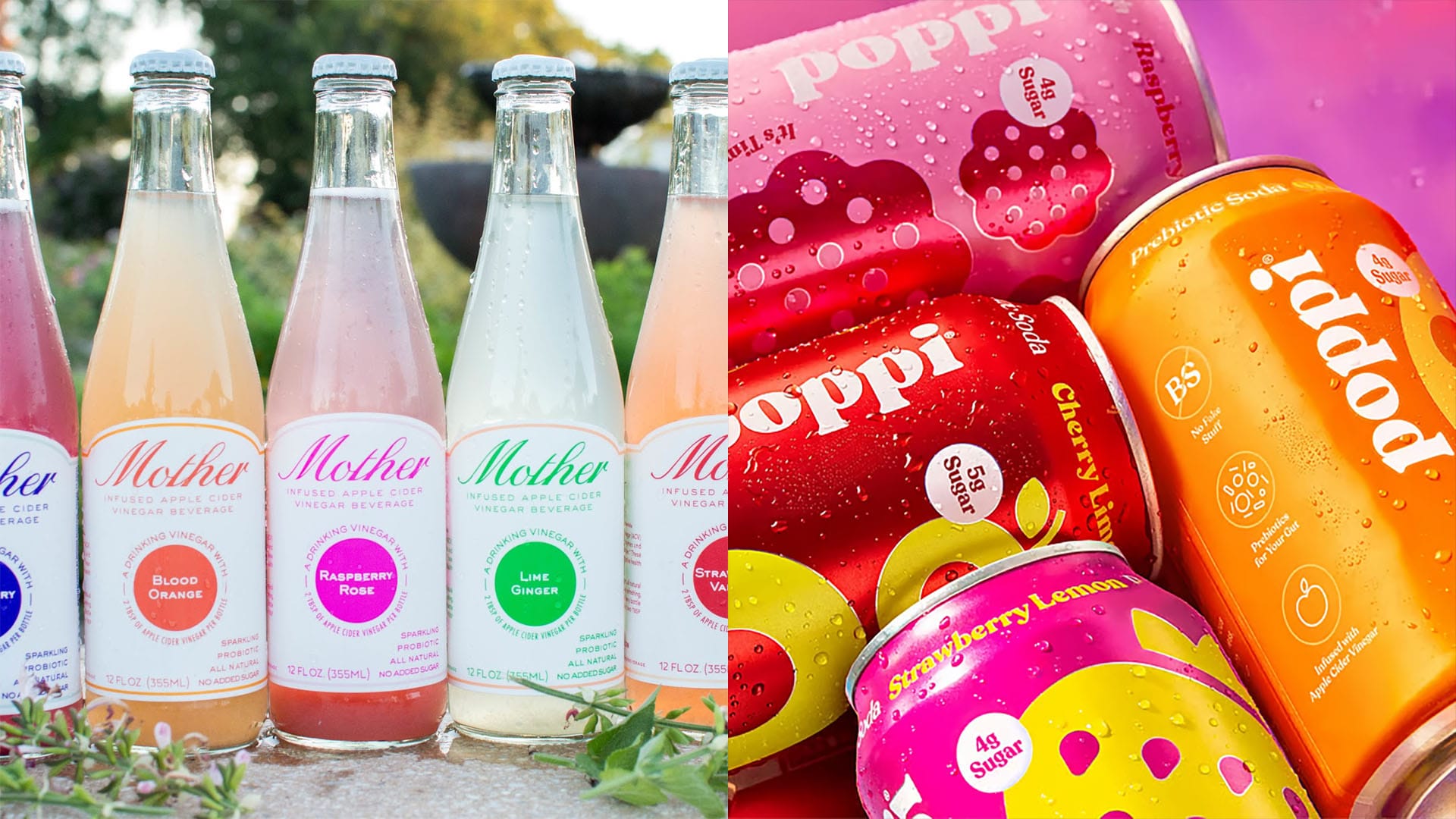
Poppi, a prebiotic soda brand, founded in 2015, sold to PepsiCo last month for $1.95billion. Founder Allison Ellsworth, saw that a category whilst ingrained in culture, wasn’t keeping pace with what consumers increasingly wanted – a great taste and flavour hit that has less sugar and is better for them. By mixing carbonated water with fruit juice, apple cider vinegar and prebiotics she created a modern soda product.
Category and consumer ticked, the thing lacking was brand. Originally launched as Mother in a bottle, they missed playing to category cues. Taste and flavour are the number one reason consumers buy soda, and you have to talk to that first. Then you layer on something cool about carrying a vibrant can of soda in your hand, which makes it part of culture. Hello colour and raspberries (good to know it has prebiotics and only 5g of sugar). Goodbye apple cider vinegar (doesn’t exactly get the mouth watering).
Poppi isn’t a one-brand wonder, it’s leading a category transformation where Olipop has raised a $50million Series-C putting it on a similar valuation to Poppi (also helped along with way with a rebrand), and Coca-Cola is getting in on the act with its own, Simply Pop, prebiotic soda launch. This is a beautiful example of our UNSTUCK thesis – if you get strong disruptors who get the category moving then the big multinationals hop on the bandwagon. Without the Poppi and Olipop success, Coca-Cola would not be investing in the way they are behind the Simply Pop launch.
Back to PepsiCo’s acquisition, make no mistake, PepsiCo knows how to make carbonated drinks. They could have done their own Poppi, as Coca-Cola has done with Simply Pop. What they’ve just spent $1.95billion on is a brand and the consumer penetration that brand has built.
Find inspo from mac&cheese to mush
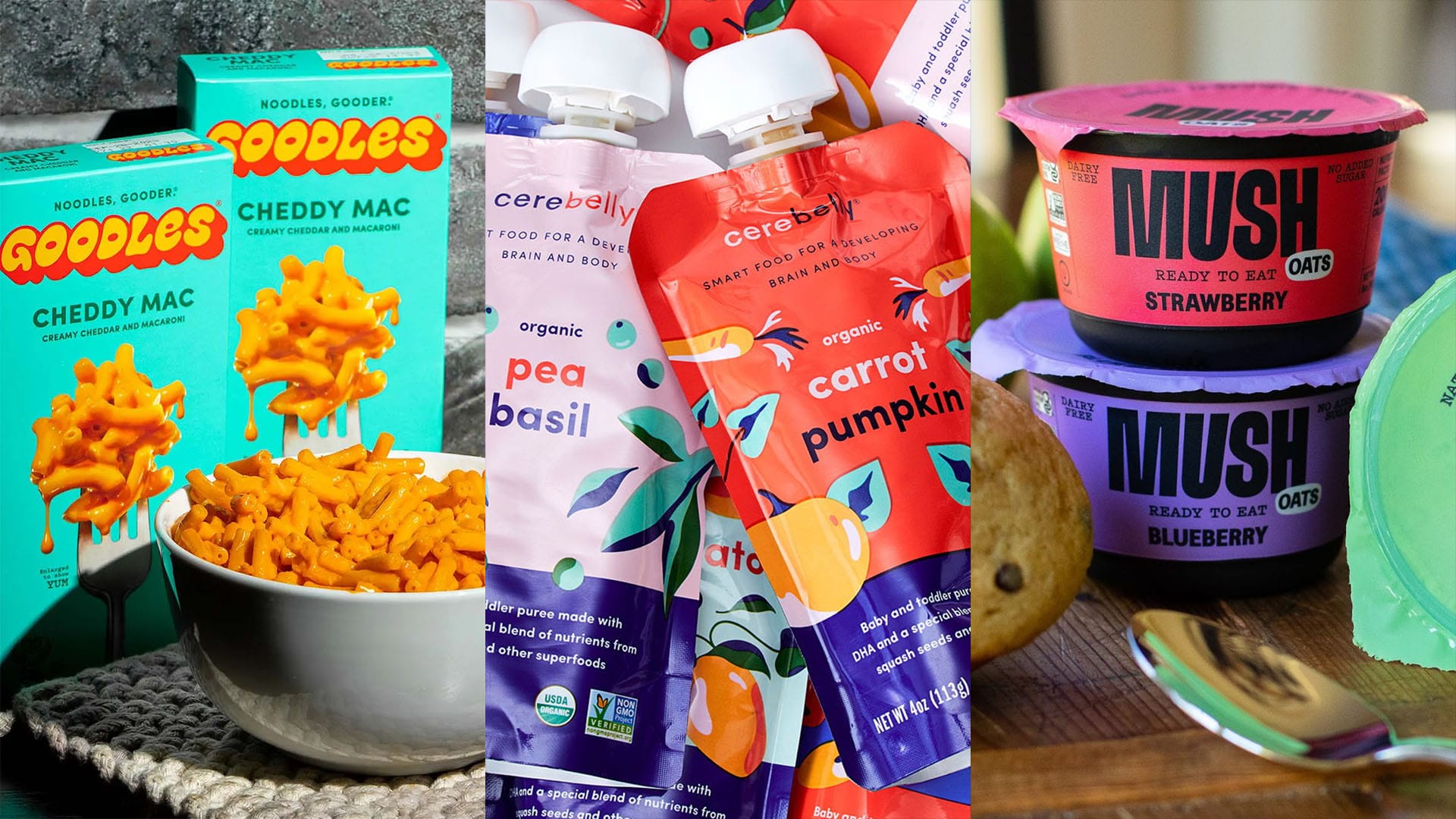
Need more inspiration? Look no further than Bain’s Insurgent Brand List. Each year their consultants crunch the numbers and identify a new wave of small brands that are having a big impact. The 2025 list includes 120 companies who account for less than 2% of market share in their respective categories, but have captured 39% of incremental category growth. In other words, the disruptors.
Examine them more closely, and you can see the UNSTUCK mantra in action.
Category understanding is perfectly illustrated with a brand like Goodles. The “Noodles, Gooder” idea is so simple and anchored in a classic category consumers understand and love – indulgent macaroni & cheese complete with a dripping fork – but with a grown-up twist that turns it into a balanced meal that’s actually good for you. What category could you embrace so wholeheartedly and add a twist to?
A focused opportunity really shines through in a brand like Cerebelly. It’s baby food that doesn’t try to do everything but instead focuses on brain development, a specific but self-evidently important opportunity. It does so with authenticity (“created by a neurosurgeon mother of three”) and tapping into a fear of missing out (“your baby’s brain is nearly 80% fully grown by age 5”).
A distinctive proposition is the last piece of the puzzle. A brand like Mush demonstrates you can create one without necessarily having mind-blowing tech or miracle ingredients – it’s just overnight oats but framed to cut through. Out with dated health-speak, and in with attitude. Everything from the name Mush to the promise of giving you back your time, connects with a consumer that wants to eat clean but doesn’t want it to take over their lives.
The second coming of B2C
As 2023 was coming to a close, ‘B2C is dead’ was often heard within the industry. Too expensive, too difficult, no funding for it. We said it then, and we’ll say it again, this industry won’t transform itself.
After 18 months of the industry throwing its weight behind B2B and realizing that it is no easier and is very slow, on our radars the B2C chatter is definitely picking up again. Consumer brands lacking category orientation, consumer insight and distinctive brands are thankfully dead or dying. Otherwise the opportunity is alive and well, we just need some strong brands to lead the way.
As we enter a second B2C-era, let’s please do it right this time.





